The Non-Conformists
25 years Nimbus Group – a company portrait
Different. The Nimbus Group is different from most other enterprises - and has been for over 25 years. You can see it in a lot of telling details. For example in the campaign in which Nimbus employees proudly presented themselves as "originals" in larger-than-life portrayals on huge advertising spaces to take a stand on the subject of plagiarism on behalf of their company.
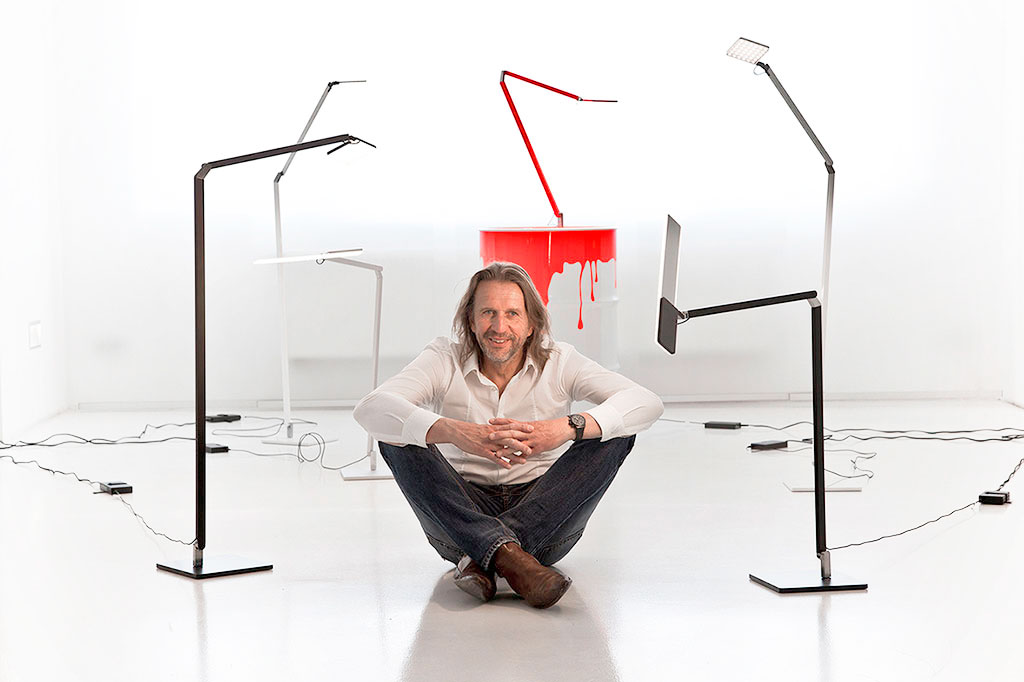
Or in the Electronics Inventors Club for schoolchildren with a keen interest in technology. Or in the zero-emission delivery vehicles that run in and around Stuttgart on electricity generated by the firm's own solar power system.
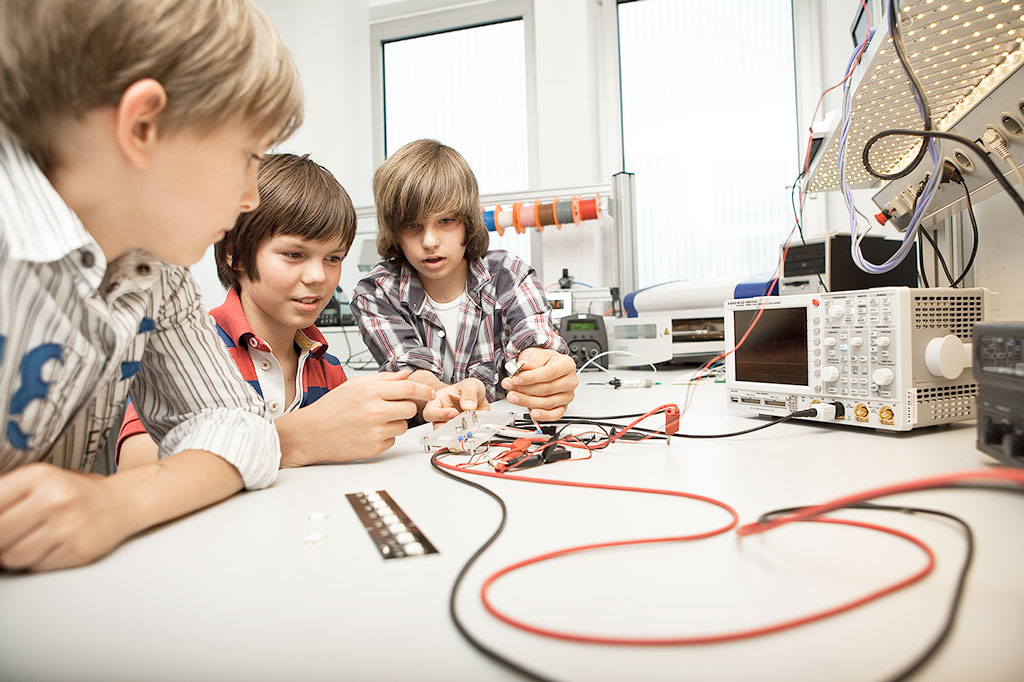
However, nowhere is the company's differentness more apparent than in its canteen: every morning at 10 o' clock all 160 employees meet to take breakfast together. The warehouseman next to the controller. Designers next to development engineers. Lighting designers next to packers. Salespeople, interns, clerks, marketing experts, architects, interior designers, electricians, acoustics specialists. Company CEO Dietrich F. Brennenstuhl is among those to take a seat at any one of the tables in the room and he is the one who provides the coffee and tea, different kinds of bread, butter, chocolate spread, jam and honey. The walls of the canteen are adorned with a quote that sums up the company philosophy: "I DO NOT SEEK – I FIND. Seeking is when you start from old things. And in the new find what is already familiar. Finding is something completely new..."
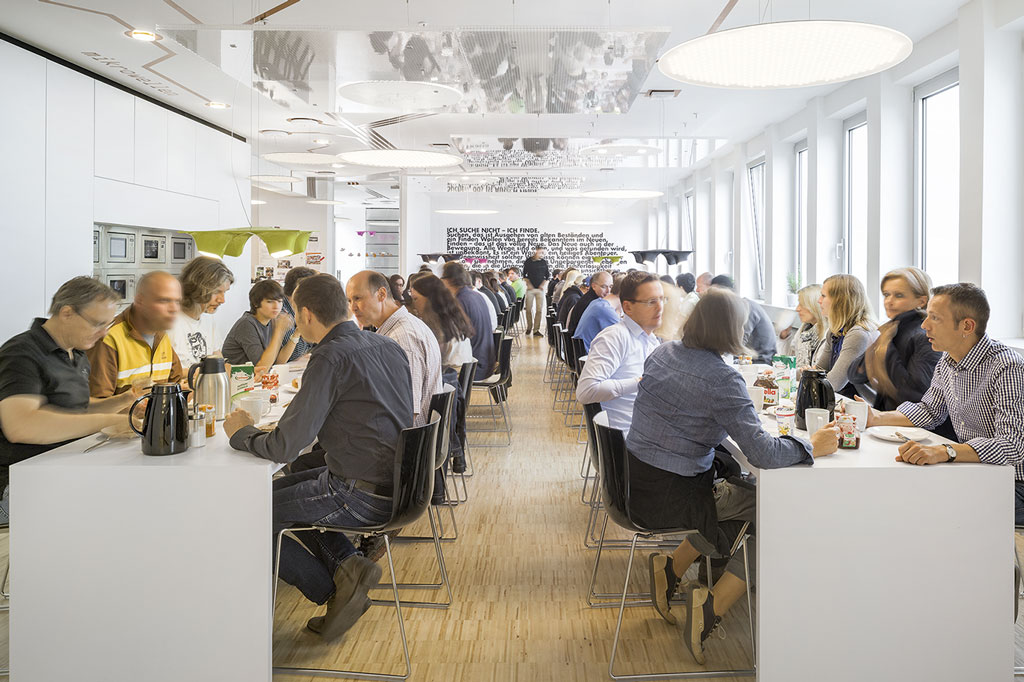
LED-Pioneer and a driving force in innovation
Originally founded as Nimbus Design GmbH in Stuttgart in 1988, the Nimbus Group – a manufacturer of LED luminaires (Nimbus brand) and technology-driven acoustically effective room partitioning systems (Marke Rossoacoustic brand) – has explored new avenues. They have done so by doing things differently – and a lot of the time they were right. The enterprise was the first to place its faith in LED technology for innovative lighting solutions, giving itself a global lead even ahead of the large corporations. Since 2006 Nimbus has realised around 8,000 LED projects and can now call upon a wealth of experience unique among its competitors: the spectrum ranges from fitting out houses, doctors' practices, galleries, schools, town hall foyers, boardrooms and lounges through to complete office buildings and large company headquarters like the Unilever head quarter and the Chamber of Commerce in Hamburg, the ADAC headquarters in Munich and the recently completed head office of the World Trade Organization (WTO) in Geneva.
As the leading innovator in the field, Nimbus is currently the only manufacturer to offer LED luminaires for virtually all lighting tasks in the home, at the workplace, for wide-area general lighting and for outdoors, e.g. for gardens, parks and terraces.
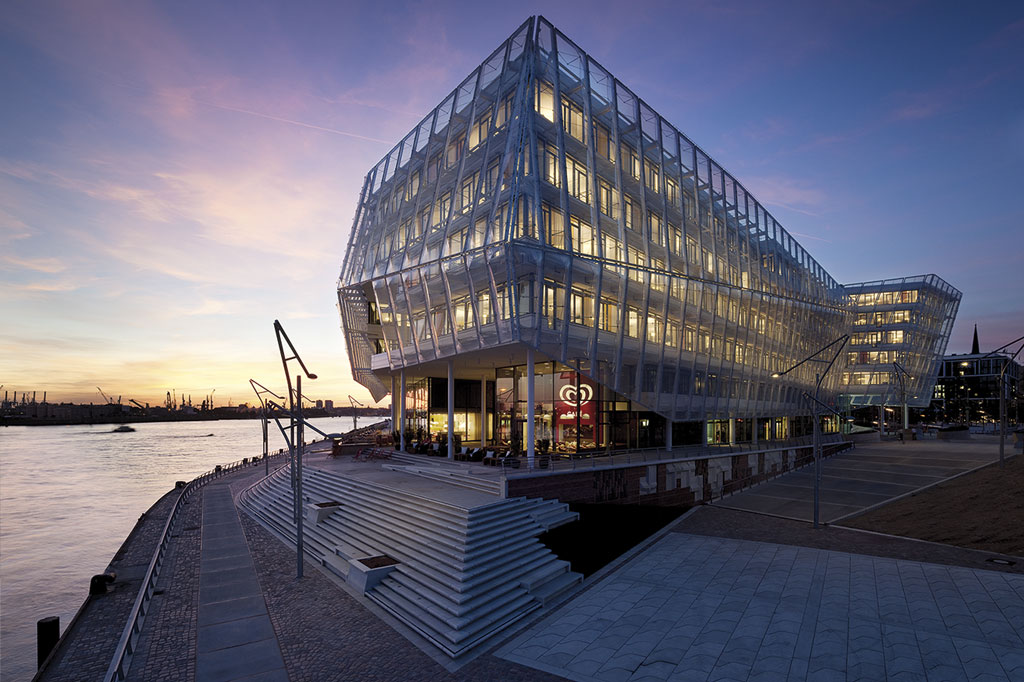
Puristic formal idiom and high-tech
Right from the very beginning, Nimbus has been defined by the wish for minimalism in design, a clear formal idiom and clearly identifiable materials. When halogen bulbs made the leap from car headlights to light sources for the living room in the middle of the eighties, Nimbus spotted the opportunity for a new formal idiom – back then the cylindrical Cirrus 0 (1988) set the trend. However, technical parameters such as the build up of heat and light emission enforced certain design patterns that tended to make one luminaire much like another.
However, this was a risk that Dietrich F. Brennenstuhl wanted to avoid, and so in the year 2000 he began to focus on LED technology. This very small, very efficient light source, which only produces a minimal amount of heat, had the potential to spark a paradigm shift in luminaire production: while others designed more or less appealing housings around the light source, Nimbus saw this tiny component as an unexplored core that held new opportunities for a completely new approach to design – and at the same time also possessed the power to fundamentally change lighting technology, electronics and production.

Nimbus made a radical break with the past and embraced the paradigm shift – often close to the company's financial pain threshold. After five years of intensive research and development with suppliers, the LED's performance and reliability were such that it was ready for the market, which, from that point on, Nimbus was able to serve for a number of years with no competition in sight. 2009 saw a milestone in this process with the enterprise fitting the Unilever headquarters in Hamburg throughout with 3,500 luminaires. Today the building remains an impressive reference for the LED specialists at Nimbus, who now make 98 percent of their turnover with LEDs.
Starting off so early with LED technology not only changed Nimbus's position on the luminaire market: the early start also enabled the enterprise to go on celebrating minimalism/purism in its designs – radically and with no compromises: less is more. Less defines brands. Less is ecological. Less is different.
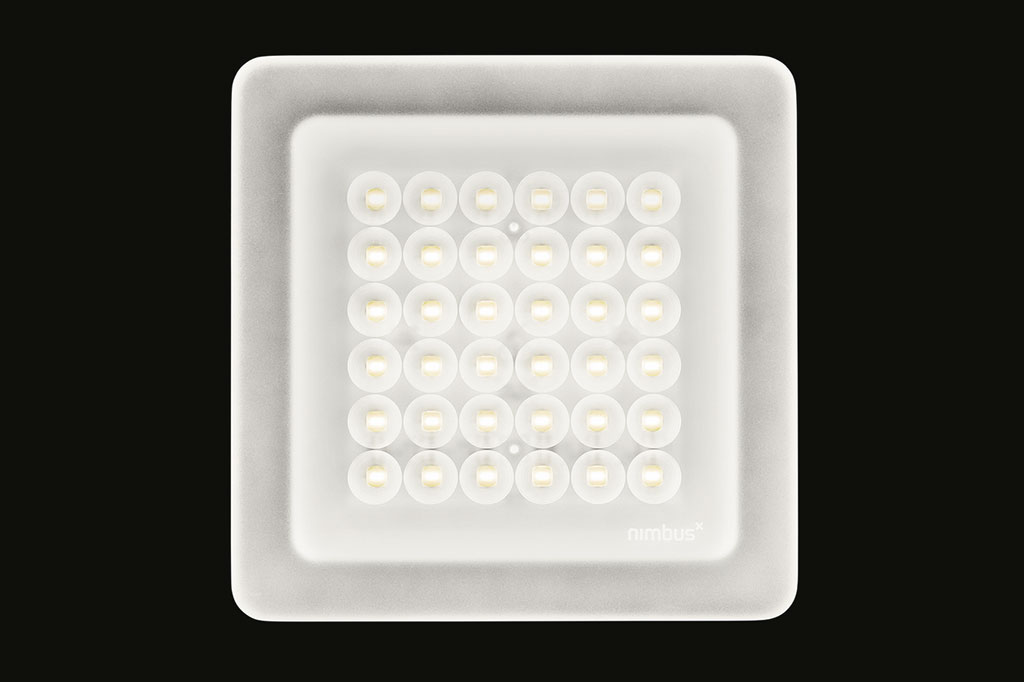
All Nimbus LED luminaires share an impressive combination of puristic design and technical sophistication. For example, the Roxxane family of luminaires boasts a new kind of motion mechanism consisting of friction joints like those in laptops and medical equipment. The range also features an innovative mini-architecture to let cooling air circulate. Or: the fabric version of the innovative, sound-absorbing Rossoacoustic room partitioning system features coverings manufactured in a CAD-controlled circular knitting process without a single seam. Rossoacoustic caused quite a stir a few years ago with the transparent CP30 room partitioning system, whose fine structure is based on naturally occurring honeycomb patterns. The company recently concluded a research project into transparent acoustic elements made of bioplastics, which was carried out together with the Institute for Building Structures and Structural Design (ITKE) at Stuttgart University.
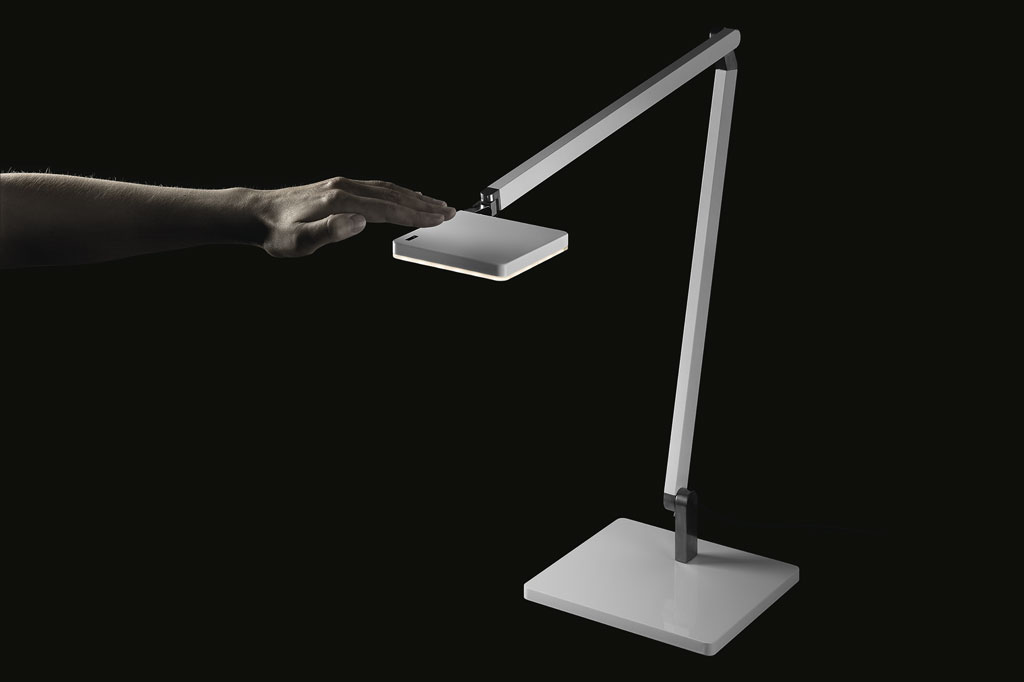
Nimbus also celebrates being different - deliberately breaking with established styles - within its own range: the Squeeze LED luminaire is vividly coloured and has a strong physical presence. It was created by the New York designer Karim Rashid and contrasts starkly with the philosophy of reduction otherwise associated with Nimbus products.

Special corporate culture
The leading non-conformist at the Nimbus Group is the founder, proprietor and CEO Dietrich F. Brennenstuhl. As a design-conscious architect and qualified toolmaker, he embodies the enterprise's aspirations in terms of design, technology and vision. He describes the special corporate culture thus: "Basically, we are a cheerful bunch. We are a bit wild and a little rough around edges but we enjoy our work." Over the years, a company has developed under his leadership that combines Swabian industriousness with a casual sophistication, process discipline with tongue-in-cheek creativity, non-negotiable quality standards with a clear commitment to social projects.
The Nimbus Group has also supported regional children's, youth and education projects for a number of years now; it is a founding member of the German Sustainable Building Council (DGNB) and a member of the renowned "German Design Council" foundation.
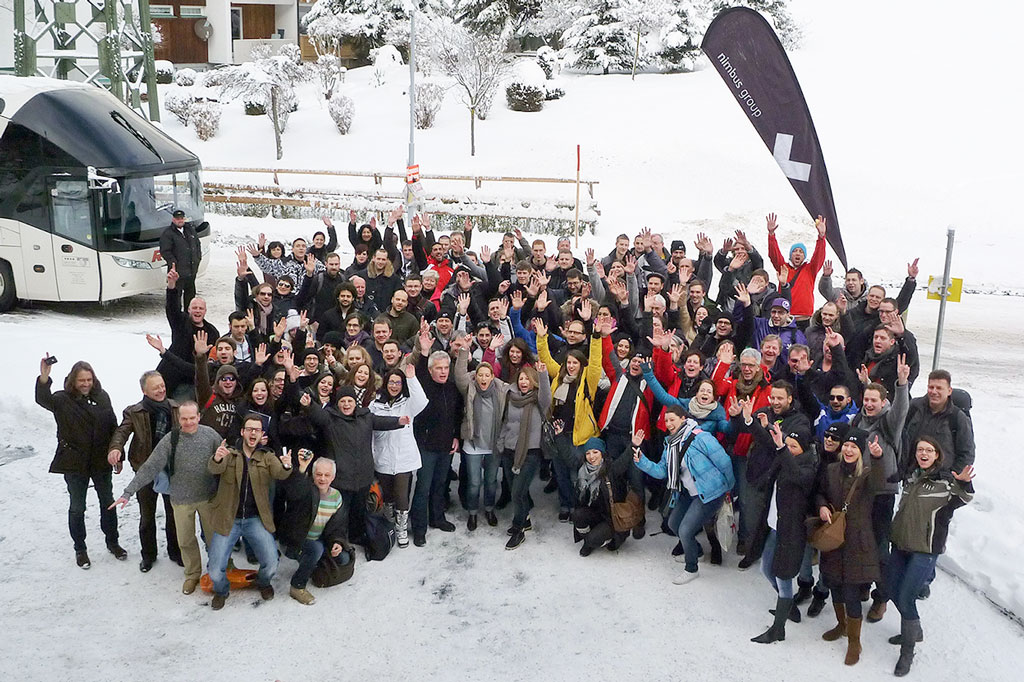
Designed and manufactured in Stuttgart/Germany
Environmental-awareness is a further element at the core of the Nimbus Group brand. All of the company's activities from product development and manufacturing through to logistics and sales are concentrated at its location in the Feuerbach district of Stuttgart. Not only do the Nimbus vehicles run on electricity but over 90 per cent of Nimbus's suppliers are situated within a 200 km radius.
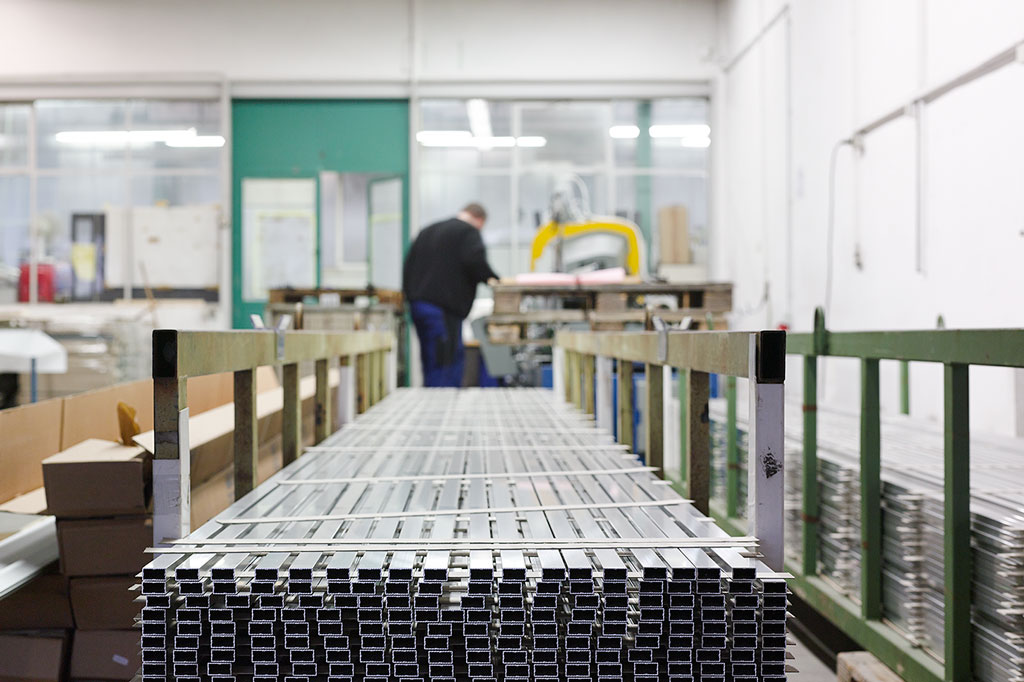
Directly opposite the factory building is Mock-Up, the Nimbus Group showroom, which used to be a home for asylum-seekers. On rough walls, which have been left in their original condition, old scribblings tell their own authentic story and remind one of the building's former purpose.
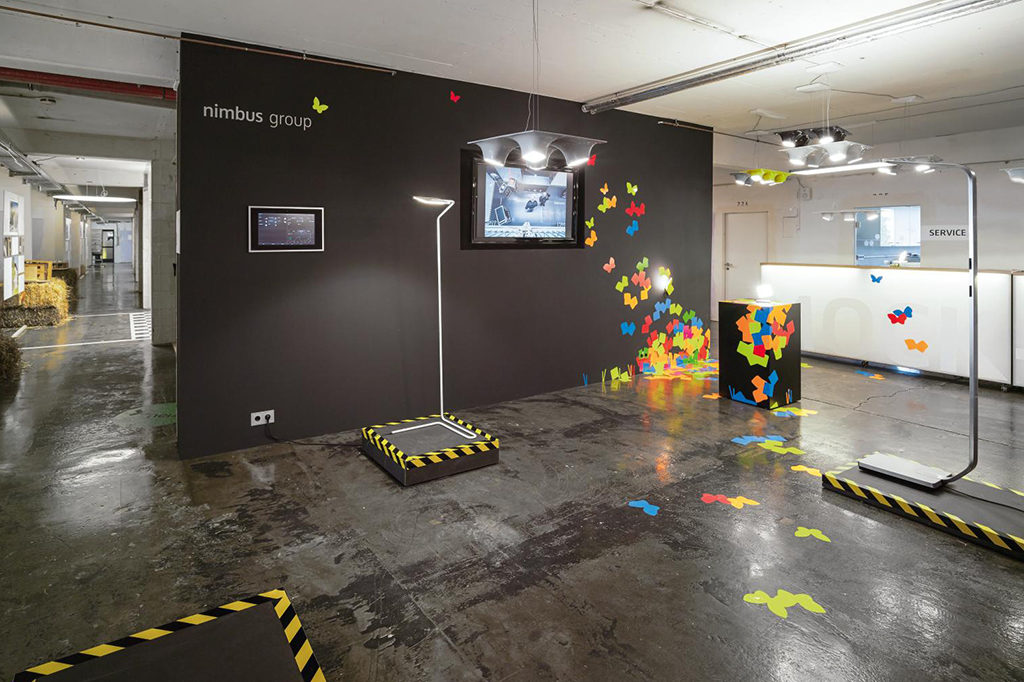
In harsh contrast to this, the spirit of creativity is reflected in the white loft atmosphere: one of the boss's motorbikes, a fire red 180 PS Racing Ducati 996 is parked in a bay between the exhibited luminaires.
Another example of the fact that the enterprise is different from most others.